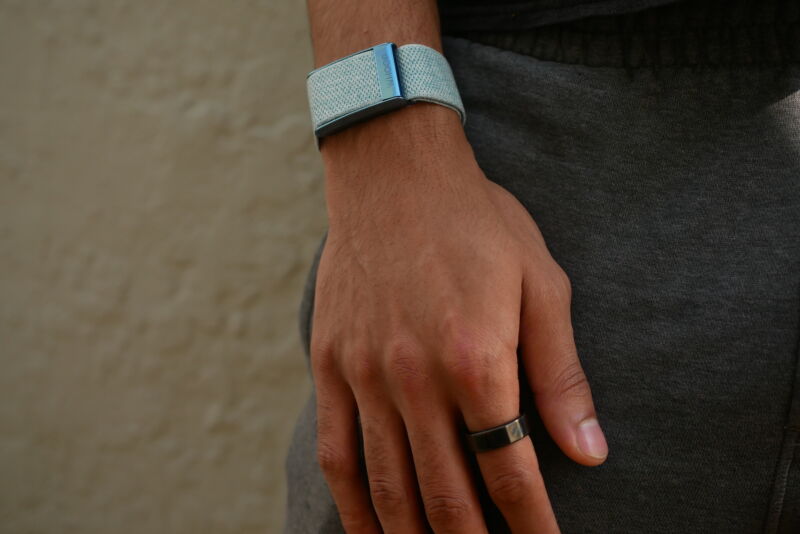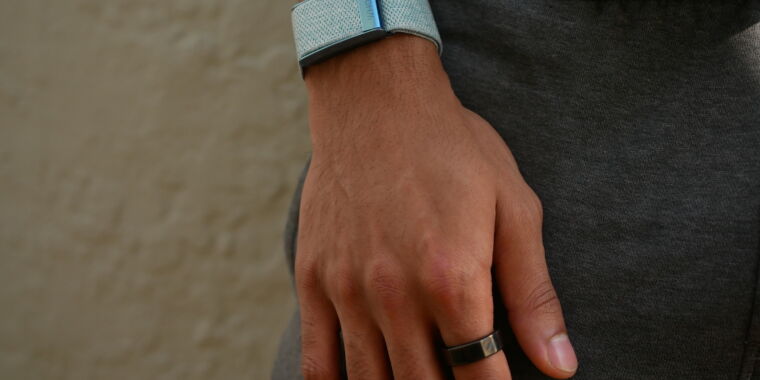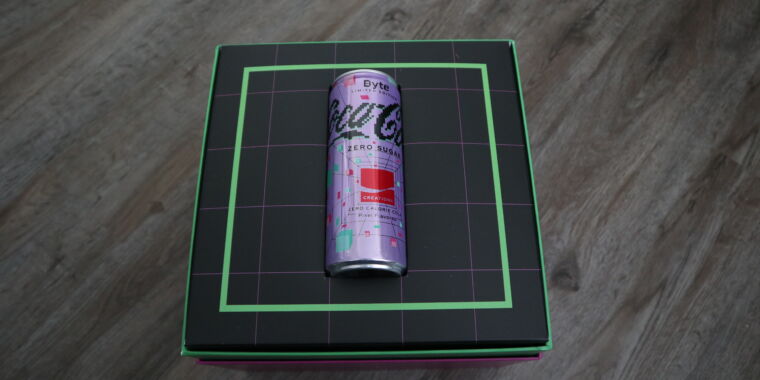
Corey Gaskin
Recently, some wearables have started to place a heavier emphasis on recovery and restoration between exercise instead of just tracking more common activity metrics. Fitbit’s recently launched Daily Readiness Score, for instance, measures your sleep quality, activity levels, and heart rate variability (HRV) to quantify whether your body is prepared for an intense training session or if it needs a break. Like other features of this type, it’s locked behind a paywall—in this case, the $10-a-month Fitbit Premium subscription service.
The Oura Ring (Gen 3) and Whoop 4.0 are two buzzy, celebrity-endorsed fitness wearables built using these sorts of “health and performance optimization” insights. They look nothing alike—the former is, well, a ring, while the latter is an unassuming little wrist module. Whoop’s marketing aims more narrowly at optimizing training for athletes, while Oura casts a wider net.
But both focus more squarely on recovery assessment than typical activity tracking and aim to tell you how your activity, sleep, and recovery rates intertwine. Both lack any sort of screen and require subscriptions for their data, and neither is cheap. And both come from fast-rising companies—though they aren’t exactly household names, Oura was reportedly valued at $800 million in 2021, while Whoop was valued at $3.6 billion.
With no built-in GPS and no way to track your activities without a phone, neither device is ideal as a traditional fitness tracker. But to cut through the Instagram-fueled hype and see if the recovery-focused wearables are worth your time (and monthly subscription fee), we spent several weeks putting these odd little devices through their paces. Here’s what we found.
Membership cost and fees
Both Oura and Whoop require a monthly subscription. This is a new strategy for Oura—and one that I hope it moves away from—but Whoop has used a subscription model with its past devices.
Whoop markets the 4.0 as “free” but with a mandatory $30 monthly subscription. You can pay for one or two years upfront and get a discount, but it still comes out to either $240 or $300 for each year of use. The membership is the key to everything the Whoop app offers, including all metrics, trends, reports, and community posts. This means you’ll have to pay the price of a moderately expensive smartwatch—and far more than many traditional fitness trackers—to continue using the device.
The Oura Ring costs $300 by default, or $400 for its “stealth” and gold colorways. Unlike the previous Oura Ring, this third-generation model requires a subscription of $6 per month. Much like Fitbit Premium, which is often bundled free for six months to a year for new Fitbit owners, Oura offers the first six months free to new customers. Without the membership, you can only see some basic data for the current day, while further insights, contextual information, and trends are withheld. The subscription also gives you access to a small library of guided content. Compared to the $10-per-month Fitbit Premium, this library is slightly smaller and mostly offers “mindfulness” media, not exercise videos or recipe content, as Fitbit does.
No other fitness trackers hide basic data behind paywalls to this extent. While Fitbit withholds some longer trend analyses from non-Premium users, most of its trackers are far less expensive and offer more in the hardware department. Garmin’s fitness watches, meanwhile, tend to provide tons of in-depth metrics and analysis for serious athletes at no extra cost. So both Oura and Whoop are likely to be a tough sell to any budget-conscious buyers.








